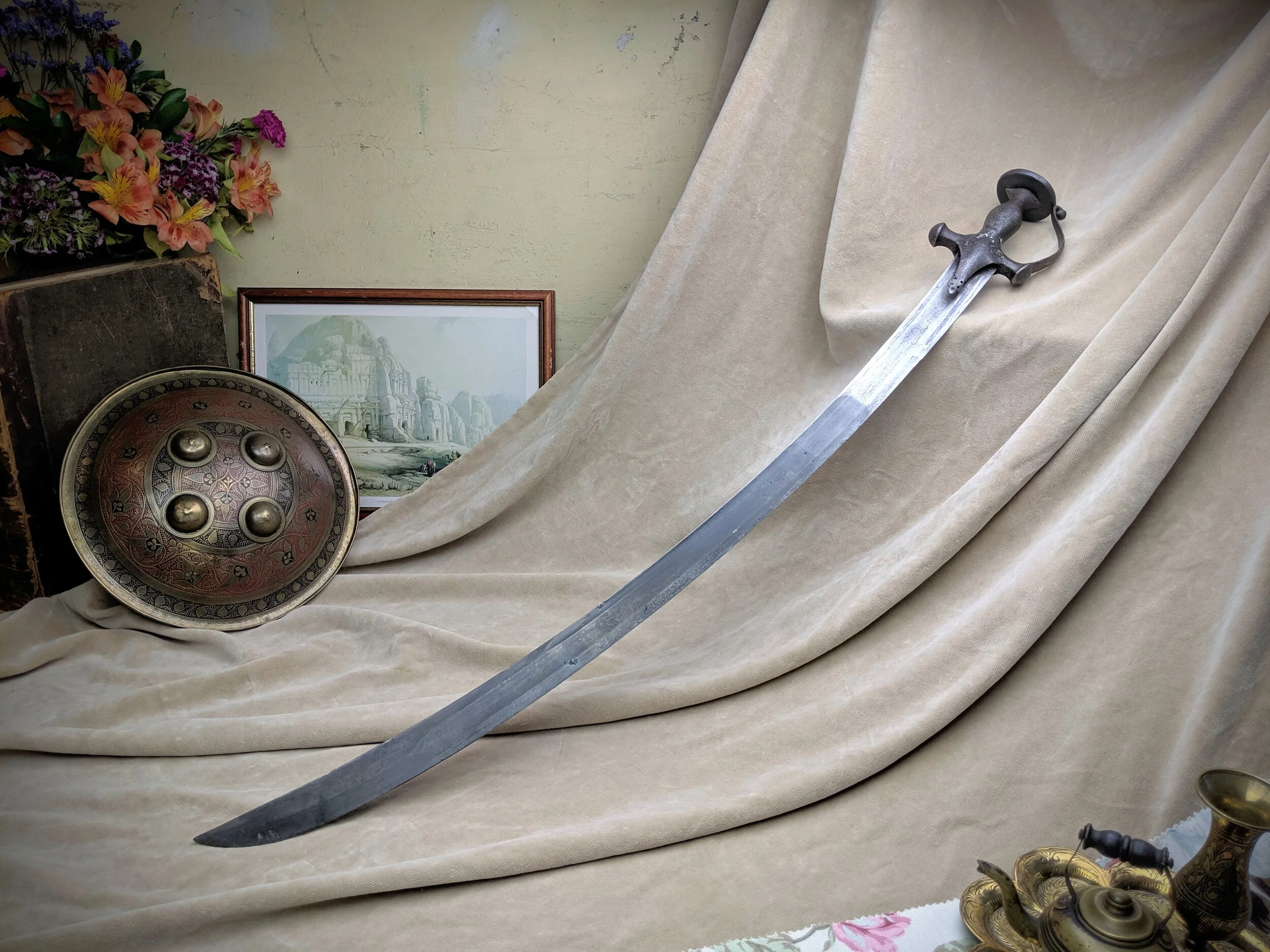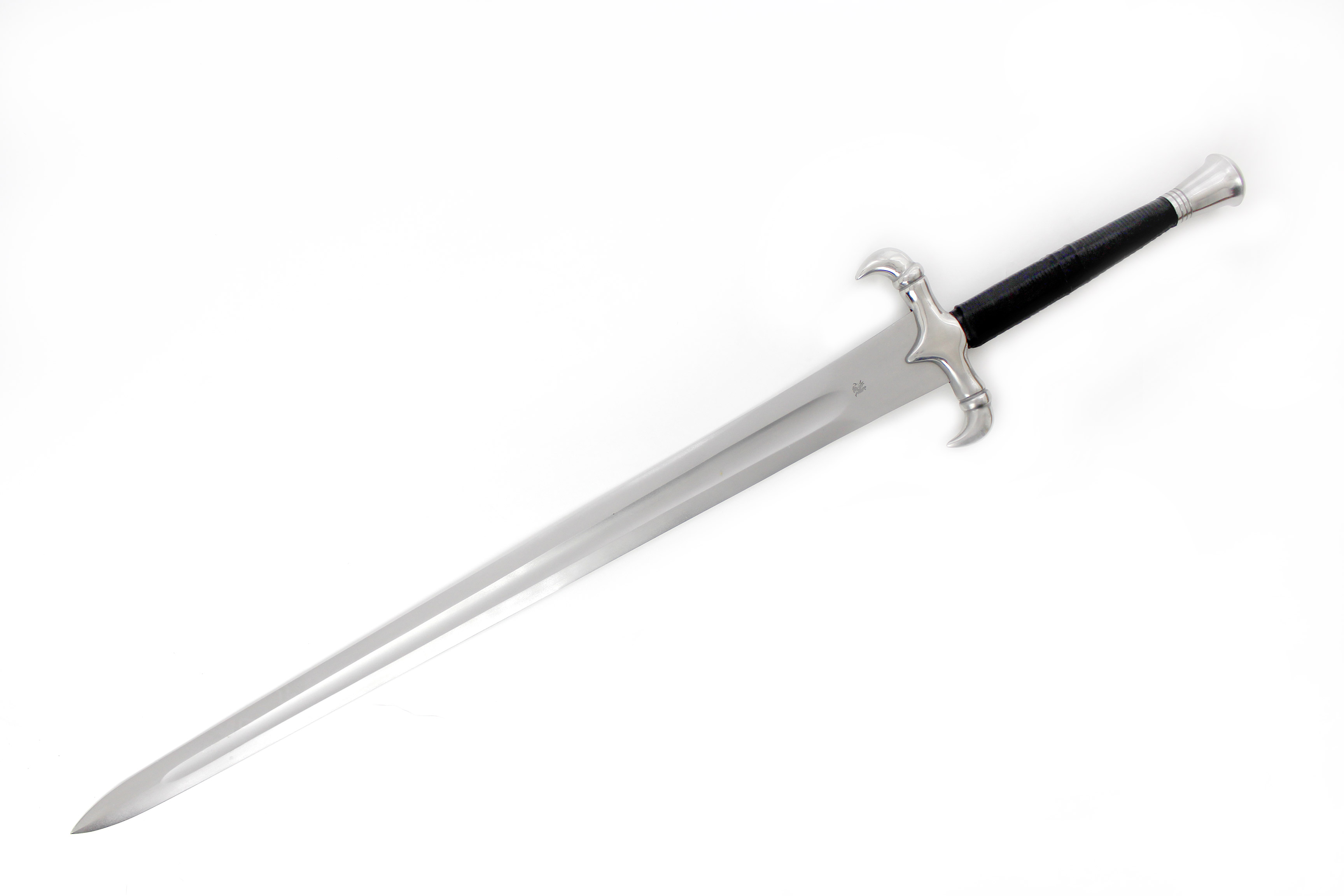Historical Context of Swords

Sword definition – Swords, the ancient and iconic weapons, have played a pivotal role in shaping human history. Their origins can be traced back to the Bronze Age, when early humans discovered the malleability of metals and began crafting crude blades. Over time, swords evolved in form and function, becoming symbols of power, prestige, and martial prowess.
In the realm of weapons, a sword stands as a formidable symbol of power and prestige. Its blade, a testament to the blacksmith’s artistry, gleams with a deadly allure. While its primary purpose lies in combat, the sword has also found its way into nyt connections , where it serves as a metaphor for strength and resilience.
Yet, beneath its gleaming surface, the sword’s true nature remains as sharp and unforgiving as ever.
Types of Swords
Throughout history, a vast array of swords has emerged, each tailored to specific combat styles and cultural preferences. Some of the most notable types include:
- Straight Swords: Characterized by their double-edged blades and straight grips, straight swords were widely used by ancient civilizations such as the Romans, Greeks, and Egyptians.
- Curved Swords: Featuring curved blades and single-edged designs, curved swords provided greater cutting power and were favored by warriors in the Middle East, Central Asia, and Eastern Europe.
- Two-Handed Swords: Designed for maximum reach and power, two-handed swords were wielded by heavy infantry and knights during the medieval period.
Famous Swords, Sword definition
Certain swords have achieved legendary status, becoming synonymous with their wielders and the events they shaped. Among the most famous swords are:
- Excalibur: The legendary sword of King Arthur, said to have been bestowed upon him by the Lady of the Lake.
- Zulfiqar: The double-bladed sword of Ali, the fourth caliph of Islam, known for its distinctive crescent-shaped design.
- Kusanagi-no-Tsurugi: The sacred sword of Japanese mythology, said to possess the power to control the wind and seas.
Anatomy and Design of Swords: Sword Definition
Swords, throughout history, have been crafted with meticulous attention to their anatomy and design. The basic structure of a sword comprises three main components: the blade, the hilt, and the scabbard.
The blade, the primary striking surface, is typically forged from high-quality steel, renowned for its strength and durability. The shape and size of the blade vary depending on the intended use of the sword. For instance, slashing swords feature a broader, curved blade, while thrusting swords have a narrower, pointed blade.
The hilt, the part of the sword grasped by the user, offers control and maneuverability. It typically consists of a grip, a guard, and a pommel. The grip, crafted from wood, leather, or other materials, provides a comfortable and secure hold. The guard, positioned between the blade and the grip, protects the user’s hand from opposing attacks. The pommel, located at the end of the hilt, serves to balance the sword and provide additional leverage during strikes.
The scabbard, an essential accessory, protects the blade from damage and the user from accidental injury. It is often made from leather, wood, or metal and features a variety of designs and embellishments that reflect cultural preferences and personal tastes.
The materials used in sword construction play a significant role in determining its overall quality and performance. Steel, the most common material, offers a balance of strength, flexibility, and durability. However, other materials, such as bronze, iron, and even exotic metals like Damascus steel, have been utilized throughout history for their unique properties and aesthetic appeal.
The design of a sword is influenced by various factors, including its intended use, cultural preferences, and the skill of the swordsmith. Swords designed for combat prioritize functionality, with a focus on durability and effectiveness in close-quarters combat. Ceremonial swords, on the other hand, emphasize aesthetics, incorporating intricate designs and luxurious materials.
Cultural preferences also shape sword design. In Japan, for instance, the katana, a curved, single-edged sword, is deeply rooted in the country’s martial arts traditions. In contrast, European swords, such as the longsword and the rapier, reflect the distinct combat styles and cultural influences of the region.
The anatomy and design of swords have evolved over centuries, reflecting advancements in metallurgy, changes in warfare, and the influence of diverse cultures. Each sword, a testament to the skill and artistry of its creator, serves as a symbol of power, status, and the enduring legacy of human craftsmanship.
Cultural and Symbolic Significance of Swords

Throughout history, swords have held deep cultural and symbolic meanings in various societies. They have been revered as symbols of power, honor, and prestige, and have played significant roles in mythology, religion, and art.
In Mythology and Religion
In many cultures, swords are associated with gods and heroes. In Greek mythology, Zeus wields the thunderbolt, while Athena carries the aegis, both symbols of divine power. In Norse mythology, Thor’s hammer Mjölnir represents his strength and authority. Swords also feature prominently in religious rituals and ceremonies, symbolizing the power of the divine and the protection against evil.
As Symbols of Power and Prestige
Swords have been closely linked to power and authority throughout history. In feudal societies, knights and samurai were often identified by their swords, which represented their status and military prowess. In many cultures, the possession of a sword was a sign of nobility and wealth. Swords were also used as symbols of authority in legal and political contexts, such as the ceremonial sword used by judges or the scepter carried by monarchs.
In Art and Literature
Swords have been a recurring motif in art and literature, often representing courage, honor, and sacrifice. In medieval romances, knights errant wielded swords to defend the weak and uphold justice. In Shakespeare’s plays, swords are symbols of both power and tragedy, as in the famous line from “Hamlet”: “This is the cursed steel that drank my father’s blood.”
A sword is a double-edged blade, often made of steel, used for cutting or thrusting. Its sharpness and strength have made it a symbol of power and authority throughout history. Yet, within the depths of its deadly purpose, there lies a glimmer of beauty, like a diamond’s meaning of enduring value.
For in the hands of a skilled warrior, a sword becomes an extension of their will, a reflection of their determination and unyielding spirit.
The sword, a weapon of war and a symbol of power, has been wielded by warriors throughout history. Its sharp edge can cleave through flesh and bone, but it can also be used to defend and protect. Like the diamond, a precious stone that is both beautiful and unyielding, the sword is a paradox of strength and fragility.
The diamond, with its crystalline structure and ability to refract light, has long been associated with purity and eternity. Its name, derived from the Greek word “adamas,” meaning “unconquerable,” reflects its resilience and durability. And just as the sword can be both a weapon of destruction and a symbol of hope, the diamond can represent both wealth and love.
The sword, a weapon with a sharp blade and a handle, has been used for centuries in warfare and self-defense. In the modern era, the sword has become more of a ceremonial or collectible item. For those interested in learning more about the history and evolution of swords, the nyt mini website offers a wealth of information.
From ancient Roman gladii to medieval longswords, the website provides a comprehensive overview of the different types of swords that have been used throughout history.
The sword, a weapon of war and a symbol of power, has been wielded by countless hands throughout history. Its sharp edge has carved a path through the annals of time, from the bloody battlefields of ancient Rome to the glittering diamonds pit of modern-day warfare.
But despite its fearsome reputation, the sword is also a tool of beauty and precision, capable of delivering both death and deliverance.